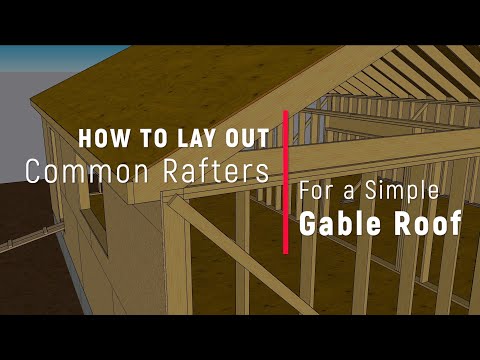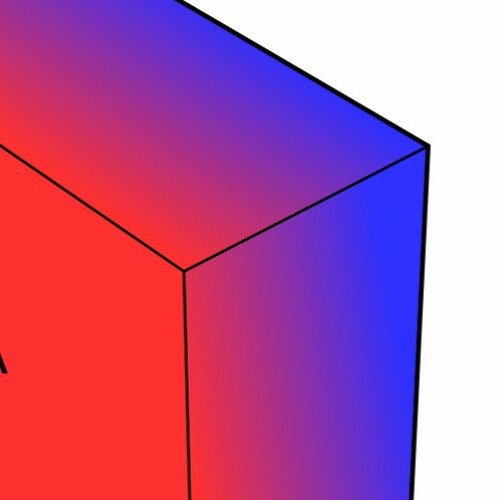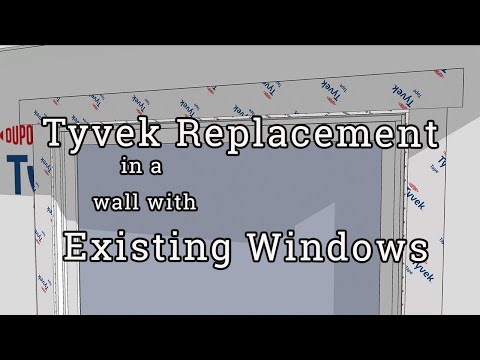Staggered corner cabinets and kitchen island built from stock parts
At the ProTradeCraft demo stage, we installed some Wellborn cabinets in an out-of-square corner, and then we built a custom island with stock cabinets.
Zach Stone enlightened us on one reason to install uppers first that most installers do not realize.
"If you've done many kitchens, and if you've designed or been on the finish side of the product side of doing the install, you'll notice sometimes, in the plans, if you do the bases first, the base does not pivot how the design works.
"When you're designing a kitchen in 20/20 or Chief Architect, or whatever you're designing with, the walls, the doors, the appliances all hinge baded upon the wall design.
"So if you install the bases first and then the walls, you may actually find that you've got them installed wrong. So, you're better off to install the walls right, and then make your bases line up with the wall design.
"That's usually how it works out better to make your spacing around your windows right, the spacing around your appliances right, your fillers the right size, and you don't have to start over when you've got your bases done wrong, when you should have started with the walls."
But you don’t install the uppers first when you make an island because there are no uppers. Stock base cabinets can be combined in many configurations, including sinks, dishwashers, and storage options, to create an endless array of possibilities.
Again, Zach had some design advice on using the space wisely.
"You know what's nice when you talk to a client about design and they're willing to put an island in their home, it's almost "the sky's the limit." Even with stock choices or even with semi-custiom options, they can do whatever they'd like. In this one footprint, if this was in somebody's home, you could have done it a 100,000 ways.
"You could do drawer stacks, you could do rollouts, you could do cooktops and dishwashers, and sinks.
"You could do decorative corbels and legs, and change the overhangs of the counter surface. Just as an example we've done a stock cabinet set, we've installed them, but just something so simple as to put an arch on the counter surface when you're going out over the valence. Just to pretty up the knee area.
"Be a little creative, when you're working with clients, and sometimes when you go in to bid that job that you're wanting to land or you're doing the install, and you're that one builder that came in and said "Hey, let's bump this out to a six-inch little cove here—you're paying an extra $120 - $150 to the fabricator that's gonna cut your granite, why not?
"You just landed the job just because you were creative. In this footprint, there's a hundred thousand different ways to do it."
It’s not just screwing cabinets together, the custom look comes from the details, like a valence end panels, overhangs, and other extra details.
And the builder, David Joyce, liked it too.
"From an installer's perspective, one thing I'd like to say is you guys use real wood and real plywood. There's no particle board that will fall apart."
So today we built an island with stock cabinets, yesterday we talked about corners that are maybe way the heck out of square. Sometimes that happens with the framers, or the sheet rockers building up a lot of mud.
Tell me a little bit why that upper is so good at dealing with an out-of-square corner. It looks to me like they’re mismatched because they’re the wrong sizes.
"That's actually planned. What we do there is we sort of highlight the corner, especially in older homes, you get a lot of eight-foot ceilings. If you're doing a remodel and you see an eight-foot ceiling—or even nine or ten foot ceilings, it doesn't really matter—you can do staggers.
"When you do a stagger, you do two big things. One thing is you make the ceiling look taller than it actually is, which adds another layer of molding up there, too.
"And the second thing you do is it gives tyou the opportunity to terminate this cabinet and this cabinet (flanking cabinets) and have you a three-inch tolerance on the wall being out of square. This thing will land and you can tie those cabinets together and if you're a half-inch off, nobody will even notice it, unless they get a tape measure out.
"So you capitalize by staggering by making it pretty and also by not having to worry about a corner that's out-of-square."











